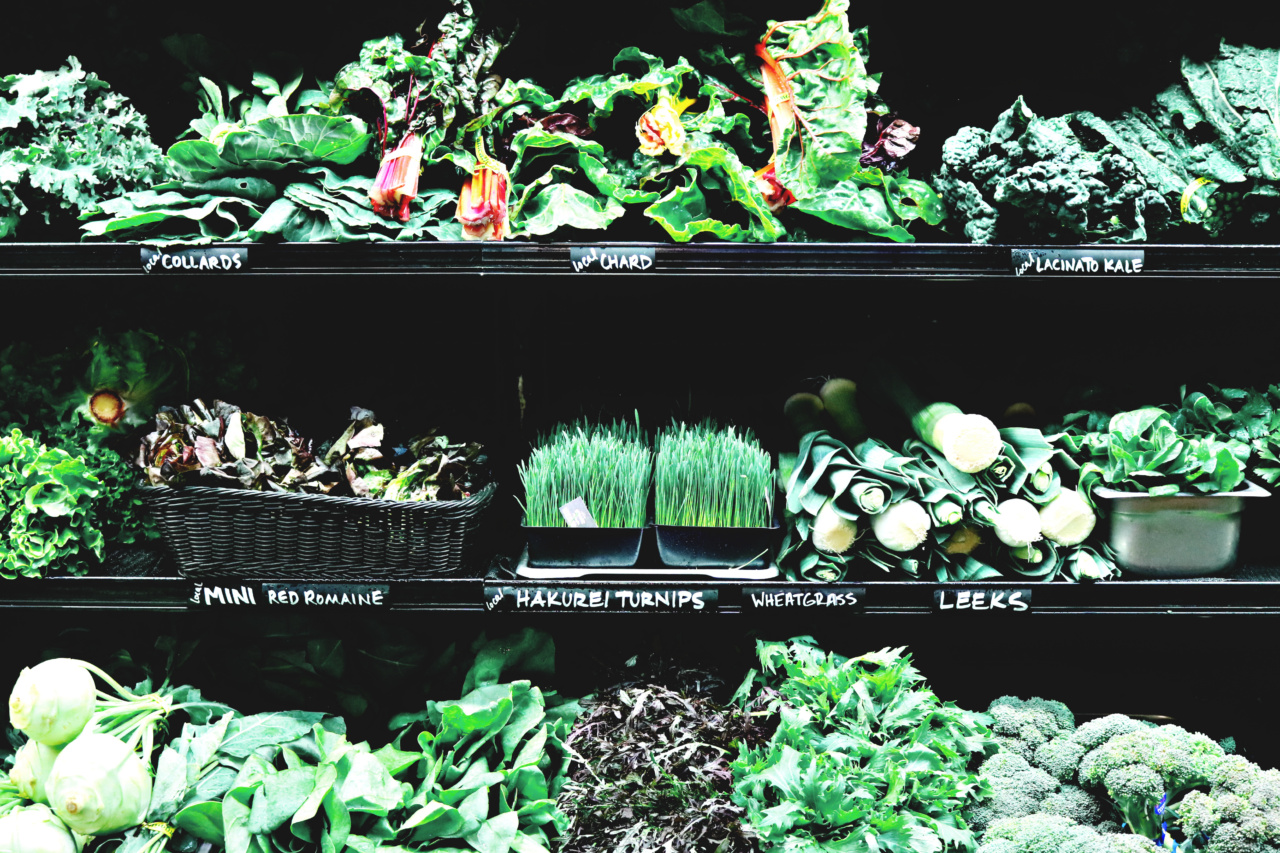Nature has always been a source of inspiration for humanity, with its awe-inspiring landscapes, majestic creatures, and intricate ecosystems.
But have you ever stopped to think about how nature’s prolific nature is displayed in the very food we consume? From the vibrant colors and flavors of fruits and vegetables to the diverse array of grains and meats, our meals embody the incredible diversity and abundance that nature offers us. In this article, we will explore how the food we eat showcases the prolific nature of the natural world.
The Colors of Fruits and Vegetables
One glance at a colorful fruit stand or a vibrant salad is enough to remind us of the incredible diversity of fruits and vegetables that nature has to offer. Nature imbues these foods with a variety of pigments, each serving a unique purpose.
From the deep reds of strawberries and tomatoes to the vibrant yellows of lemons and bananas, the colors of fruits and vegetables not only appeal to our visual senses but also indicate the presence of vital nutrients. These hues are the result of natural compounds such as anthocyanins, carotenoids, and flavonoids, which are not only responsible for the vibrant colors but also possess antioxidant properties that contribute to our overall health and well-being.
The Wonderful World of Grains
Grains form a staple part of many cuisines around the world and provide sustenance to millions. But beyond their role as a dietary staple, grains also demonstrate the prolific nature of nature.
The diverse array of grains such as rice, wheat, corn, oats, and quinoa showcases the adaptability of plants to different climates and growing conditions. Each grain carries its own unique set of nutritional benefits, and the cultivation and utilization of these grains highlight the symbiotic relationship between humans and the natural world.
A Medley of Meats
Meat lovers often savor the variety of flavors and textures that different types of meat offer. From succulent steak to tender chicken, nature presents us with an assortment of proteins derived from different animals.
The meat industry, when practiced sustainably and ethically, showcases the diversity of animal life and emphasizes the importance of responsible farming practices. By selecting meats that are sourced from well-kept animals, we not only appreciate the prolific nature of nature but also contribute to the preservation of biodiversity.
Farm-to-Table Movement
In recent years, there has been a movement towards farm-to-table dining, where the focus is on consuming foods that are locally grown and sourced.
This movement allows us to experience the true essence of nature’s abundance by supporting local farmers and reducing the carbon footprint associated with food transportation. By connecting directly with the source of our food, we can appreciate the effort and dedication that goes into cultivating and harvesting these natural treasures.
Organic and Natural Foods
Organic and natural foods have gained popularity as people increasingly prioritize their health and the environment.
By opting for organic produce and minimally processed foods, we not only reap the nutritional benefits but also support sustainable farming practices. These foods are cultivated without the use of synthetic pesticides or genetically modified organisms, allowing us to connect with nature in its purest form.
The consumption of organic and natural foods demonstrates our harmonious coexistence with nature and our efforts to preserve its prolific offerings.
Culinary Delights from Around the World
Food is an integral part of cultures across the globe, and each cuisine offers its own unique culinary delights.
Whether it’s the fragrant spices of Indian cuisine, the delicate flavors of Japanese sushi, or the bold and hearty dishes of Mexican cuisine, these diverse flavors reflect the abundance of nature in different regions. By exploring and savoring these culinary delights, we immerse ourselves in the rich tapestry of cultural traditions and the remarkable abundance that nature has provided.
Biodiversity and Conservation
Biodiversity plays a crucial role in the sustainability of our planet, and our food choices can greatly impact the conservation of natural ecosystems.
Supporting diverse agricultural practices, such as crop rotation and agroforestry, helps enrich the soil and promotes a healthy ecosystem. By consuming a wide range of foods and actively seeking out sustainable and ethically sourced options, we contribute to the preservation of biodiversity and ensure a flourishing future for both nature and ourselves.
Conclusion
When we sit down to a meal, we often focus solely on the taste and satisfaction it brings us. However, by taking a moment to contemplate the origins of our food, we can begin to appreciate the prolific nature of nature that is on display on our plates.
The diverse array of fruits, vegetables, grains, and meats not only nourishes our bodies but also serves as a testament to the remarkable abundance and adaptability of nature. From the farm-to-table movement to the embrace of organic and natural foods, our food choices can actively contribute to the preservation of biodiversity and the sustainability of our planet.
So, let us savor each bite, knowing that we are indulging in the wonders of the natural world.































